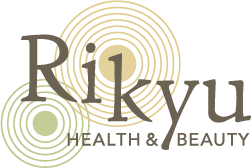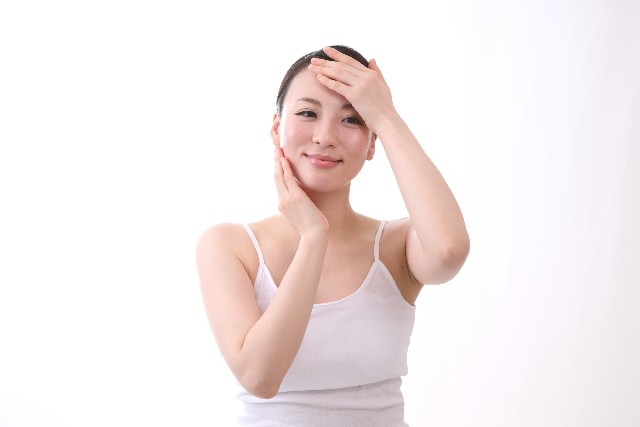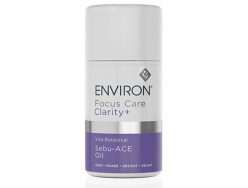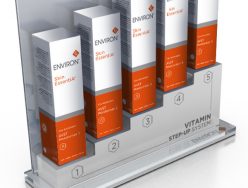Sunscreen to protect your skin from photo-aging | RAD Lotion | ENVIRON
Let’s have a quick look at why it is that our skin becomes inflamed when it’s been over-exposed to the sun! I’ll be talking about the best sunscreen from the perspective of skin care, that will protect and keep the skin healthy.
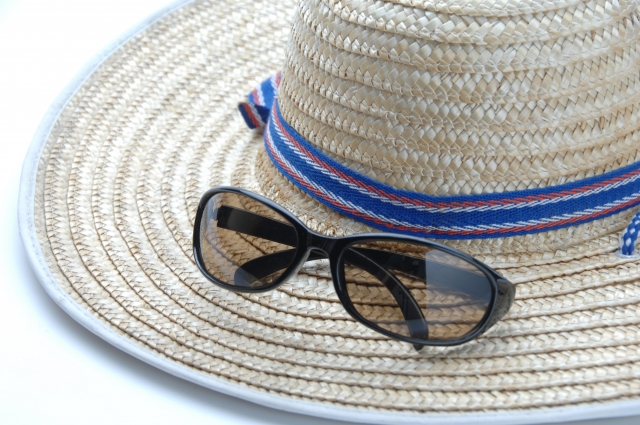
Of these, UVC light doesn’t reach us. UVA and UVB light, however, do. Not only that, this light penetrates the outer layers of the skin and can cause damage, including premature aging and the creation of carcinogenic melanomas.
We can remember their effects on us by the simple lettering: UVA = Aging, UVB = Burning.
Long-term pigmentation and scarring from the sun is the result of UVA rays, but the redness from sunburn is caused by the penetrating effects of UVB.
If you have been unlucky enough to receive a high dose of these damaging UV rays, it is very important to combat the effects of sunburn – namely, redness, pain (often quite nasty pain too) and the subsequent flakiness and damage.
UV rays reach us all year long, even on cloudy days and in winter, so be sure to apply sunscreen every day throughout the year to minimize damage to your skin.
So what is an ideal sunscreen?
From the skin care point of view, the best product would keep your skin healthy while protecting it from UVA and UVB.
The key factors are :
- a sun protection factor (SPF) of at least 15, to protect against UVB
- the letters “UVA” in a circular logo and at least two-star UVA protection
- Antioxidants added to active ingredients
SPF, which is short for Sun Protection Factor, is a measure of how sunscreens protect us against UVB. The higher the SPF value, the higher the UVB prevention effect. Be aware, though, that they don’t protect from UVA!
As an example, let’s say it takes 15 minutes from UVB exposure to when your skin becomes inflamed. A value of SPF1 means that it has approximately 15 minutes UVB prevention value. However, it doesn’t mean that the UV protection time can be shown by multiplying by the number of SPF※, because the sunlight at midday has a stronger energy than in the early morning and evening. In addition, darker colored skin has more protective function than someone with lighter skin tone. Thus, the skin reaction against UVB can vary depending on the intensity of the sun and the skin condition.
On the other hand, SPF can indicate how much UVB can be absorbed. SPF8 has the strength of 87.5% UVB protection, SPF15 is 93.3% , SPF30 is 96.7% and SPF50 has 98% protection*.
In other words, between SPF15 and SPF50 there is not much difference in UVB protection. Nevertheless, the higher the SPF value, the greater the amount of UV protection chemical components are contained in the products.
To keep the skin healthy, it is not recommended to use a product with too high an SPF number.
In conclusion, SPF15 would be the most appropriate level to keep the skin healthy and protect from UVB. Sunscreen should be reapplied regularly every around two hours, especially in an environment where you are likely to be strongly exposed to the sun.
When you buy any sunscreen, please check if the products include UVA protection. This can be seen as the letters “UVA” inside a circle for European markings.

UVA logo
UVA protection can be evaluated by the PA value (Protection grade of UVA) with a star rating or + (plus) system. The more star or +, the stronger the prevention effect.
PA + … effective for UVA prevention.
PA ++… Very effective in preventing UVA.
PA +++ … more effective in preventing UVA.
PA ++++ … UVA prevention is extremely effective.
Choose a value of at least PA ++ mark, taking into consideration the health of your skin.
Sunscreens contain one or both of the “UV reflective agent” and “UV absorbing agent” ingredients, to combat the sun’s radiation.
The UV filtering ingredient has the function of bouncing sunlight off the skin surface and blocking ultraviolet rays. Titanium dioxide and Zinc oxide are relatively safe and natural ingredients, even being used for mineral make-up products.
Titanium dioxide has a high safety level for the skin, but has the drawback that it cannot support some UVA with a longer wavelength. Zinc oxide may trigger metal allergy while covering both UVB and UVA.
UV absorbers are often included to address long-wavelength UVA. Butyl Methoxydibenzoylmethane is commonly effective against the longer wavelengths of UVA. It can be effectively combined with other UVB absorbers – Ethylhexyl methoxycinnamate and/or Octocrelin – to make the chemical composition stable and safely used in the skin.
The ingredients and blending ratios for the purpose of UV protection are key for each brand’s ethical policy about sunscreen for the skin. So do make sure to think about the right product for your skin before purchasing sunscreen.
Finally, exposure to UV light can generate oxidative stress in the skin and cause it to age.
Sunscreen containing antioxidant components such as vitamin C and E not only protect against UV rays, but also protect the skin from secondary damage caused by UV.
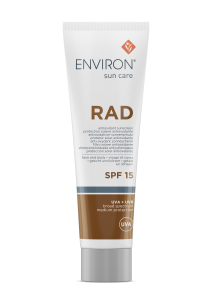
RAD lotion from ENVIRON includes SPF15, UVA protection as well as anti-oxidants
As well as sunscreen, of course, you can also wear a hat and sunglasses, or keep to the shade as much as possible. It is also important that you do not rely too much on sunscreen creams only.
Apply sunscreen directly to all areas of the skin that are exposed. At the beach, use a waterproof sunscreen when entering the water.
Try to reapply it as frequently as possible. Remember, though – it’s better to apply a cream with a lower SPF value and reapply frequently. Otherwise, you can apply an SPF face powder for thorough UV protection.
Related article : Benefit of the sun for the skin | The importance of vitamin D
